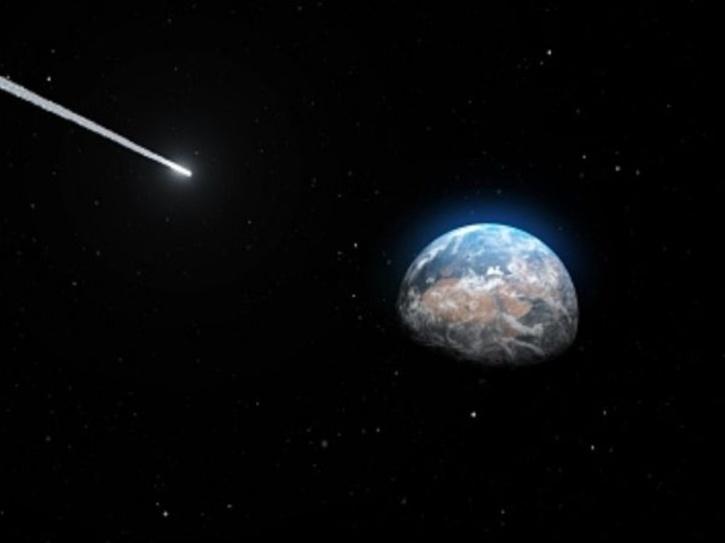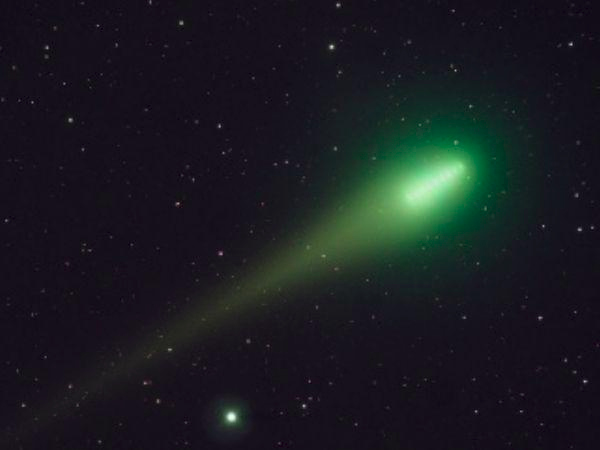Ever wondered why the heads of comets always glow green while their tails don’t? Turns out, scientists have figured out the answer by studying a molecule found on Earth.
What are comets?
We must first understand what comets are. According to NASA, comets are “cosmic snowballs of frozen gases, rock, and dust that orbit the Sun.” In frozen form, comets can be as large as a small town on Earth.
Once it orbits too close to the Sun, a comet develops a glowing green head due to dust and gases being released from the object. Comets were formed when our solar system was made and are essentially leftovers of a cosmic dance. Most comets are situated in the Kuiper Belt that goes beyond Neptune.
 iStock
iStock
Currently, there are 3,743 known comets.
Why do comets glow green?
In 1930s, Nobel-winning scientist Gerhard Herzberg said that a comet’s glow originated from a molecule made from two carbon atoms bonded together called “dicarbon”, PopSci reported.
Researchers wanted to test this theory out and published their findings in the Proceedings of the National Academy of Sciences.
Scientists at University of New South Wales in Australia couldn’t even get their hands on a bottle of dicarbon because it’s extremely reactive. Dicarbon can easily be found in space inside stars, comets and more. But Earth’s oxygen essentially burns up most of it.
To overcome this handicap, scientists synthesised dicarbon in a lab setting with assistance from vacuum chambers and three different ultraviolet lasers.
 NASA
NASA
Turns out, Herzberg was right – the green light in comets actually comes from dicarbon molecules that are capable of emitting and absorbing light when exposed to sunlight.
Herzberg wasn’t completely right about the mechanism though. Now that we know what makes comets glow, more could be learned about the universe’s formation from these ancient rock-icy remains.
Did you know what gave comets its green glowing head? Share with us in the comments below.















